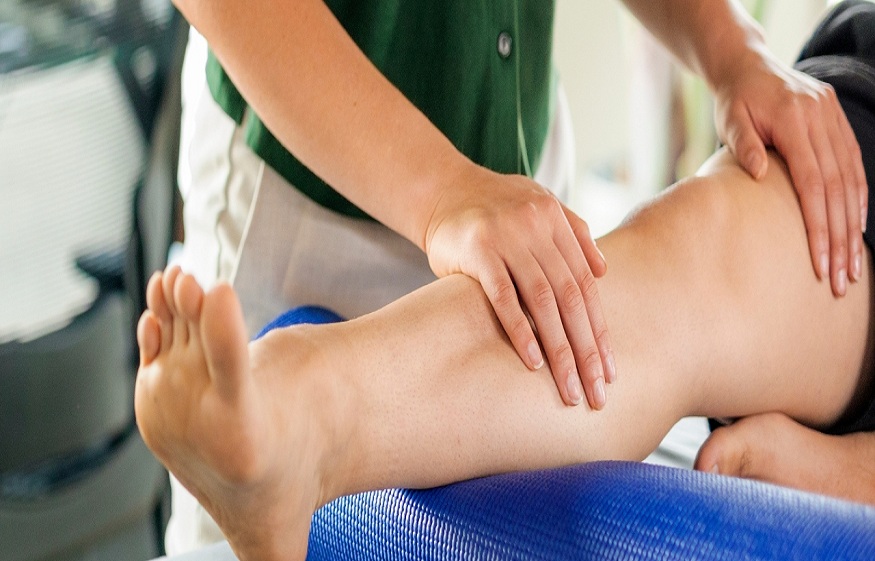5 Possible Explanations on Why Your Feet Hurt While Walking
Walking takes us where we need to go and is one of the most convenient methods of keeping fit. However, aches and pains are typical because we spend so much time on our feet, especially after long walks.
Overuse is a typical cause of foot discomfort, but a previous injury or medical condition can also make walking painful.
Continue reading to find out the possibilities of why you have painful feet when walking and what you can do about it.
Plantar fasciitis
This condition is the inflammation of the plantar fascia, which is known as a thick band of tissue that runs down the soles of your feet.
It often produces acute heel pain as you take your first steps in the morning. You may also feel it after rising from a sitting position or after prolonged standing. The discomfort lessens when you move more, but it worsens after you exercise.
Icing and over-the-counter (OTC) pain relievers like ibuprofen (Advil) are typically all you need. Other treatment options include orthotics, splints worn at night, and physical therapy.
Calluses
Calluses are thick layers of skin that grow on regions of the body that are subjected to constant friction, such as the bottoms of your feet. They resemble flaky or hard patches of thick, yellowish skin. If they are excessively thick, they might cause pain when walking.
By bathing your feet in warm water, it helps to soften the skin. Other than that, using a pumice stone or an emery board, you may be able to remove hard skin on your own.
Wearing shoes with ample room for your feet will help prevent calluses from forming again.
Turf toes
Turf toe is a sprain of the big toe’s primary joint. It is commonly caused by bending the toes too far upward. Big-toe sprains are prevalent in athletes who participate in sports on artificial grass, which is where the ailment gets its name.
Pain, swelling, and difficulty moving the joint are the most typical symptoms. Symptoms might develop gradually and increase over time due to repeated motion, or they can appear quickly after a direct injury.
Milder occurrences of turf toe may typically be treated with rest, ice, compression, and elevation (RICE).
Metatarsalgia
A painful inflammation on the ball of your foot is known as metatarsalgia.
Participating in activities that require running and leaping might trigger the illness. It can also be caused by wearing poorly fitting shoes or having a foot abnormality.
Among the symptoms are:
- pain that is searing, painful, or acute
- The sensation of having a pebble in your shoe, whether walking, standing, or flexing your foot
Home remedies such as icing and resting your foot might help ease discomfort. Wearing insoles or arch supports might help keep your problems at bay.
Tarsal tunnel syndrome
Tarsal tunnel syndrome (TTS) develops when the posterior tibial nerve becomes squeezed inside the tarsal tunnel, a small pathway in your ankle bordered by bones and ligaments.
Pain, burning, tingling, and numbness occur along the nerve, which goes from your ankle to your calf. The discomfort is generally exacerbated by exercise, although it can also occur during rest.
At-home treatment options include over-the-counter pain medications and a brace or splint. If conservative therapy does not cure your symptoms, your doctor may consider corticosteroid injections or surgery.



